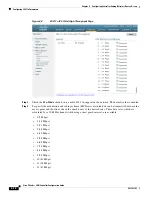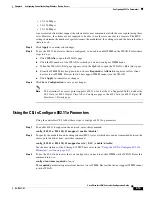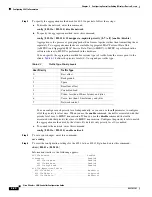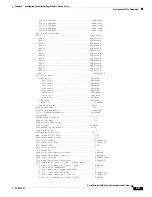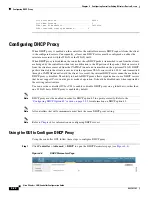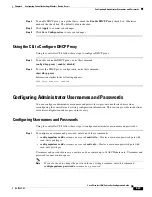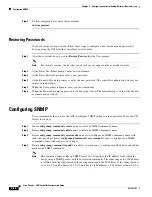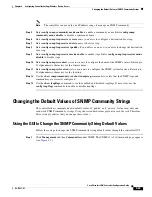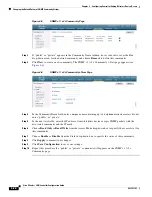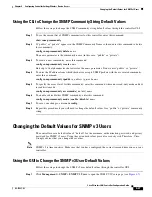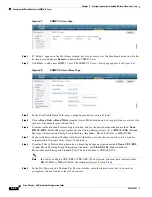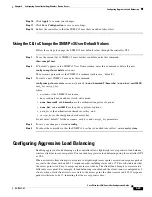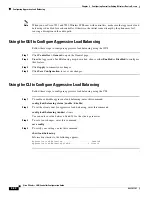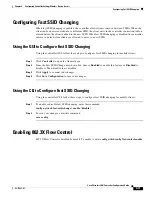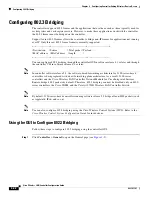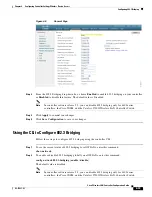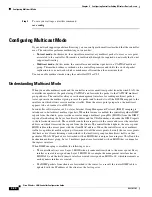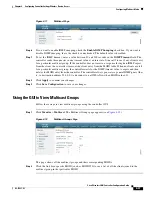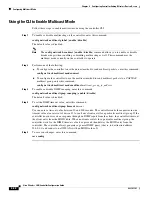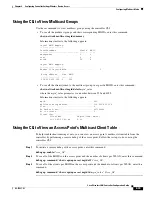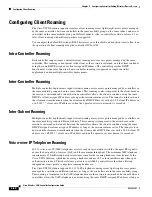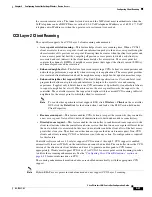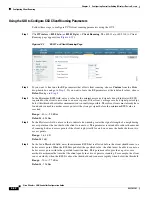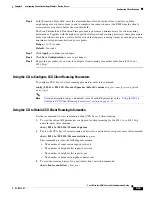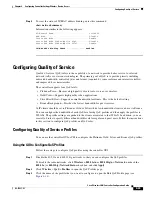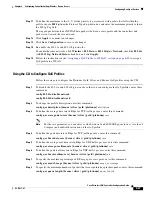
4-32
Cisco Wireless LAN Controller Configuration Guide
OL-17037-01
Chapter 4 Configuring Controller SettingsWireless Device Access
Configuring 802.3 Bridging
Configuring 802.3 Bridging
The controller supports 802.3 frames and the applications that use them, such as those typically used for
cash registers and cash register servers. However, to make these applications work with the controller,
the 802.3 frames must be bridged on the controller.
Support for raw 802.3 frames allows the controller to bridge non-IP frames for applications not running
over IP. Only this raw 802.3 frame format is currently supported:
+-------------------+---------------------+-----------------+------------------------+
| Destination | Source | Total packet | Payload .....
| MAC address | MAC address | length |
+-------------------+----------------------+-----------------+------------------------
You can configure 802.3 bridging through the controller GUI in software release 4.1 or later and through
the controller CLI in software release 4.0 or later.
Note
In controller software release 5.2, the software-based forwarding architecture for 2100-series-based
controllers is being replaced with a new forwarding plane architecture. As a result, 2100 series
controllers and the Cisco Wireless LAN Controller Network Module for Cisco Integrated Services
Routers bridge 802.3 packets by default. Therefore, 802.3 bridging can now be disabled only on 4400
series controllers, the Cisco WiSM, and the Catalyst 3750G Wireless LAN Controller Switch.
Note
By default, 2100-series-based controllers running software release 5.2 bridge all non-IPv4 packets (such
as Appletalk, IPv6, and so on).
Note
You can also configure 802.3 bridging using the Cisco Wireless Control System (WCS). Refer to the
Cisco Wireless Control System Configuration Guide
for instructions.
Using the GUI to Configure 802.3 Bridging
Follow these steps to configure 802.3 bridging using the controller GUI.
Step 1
Click
Controller
>
General
to open the General page (see

